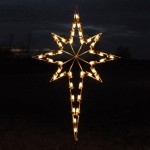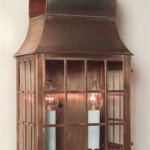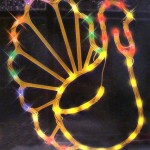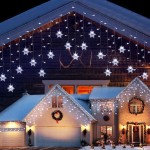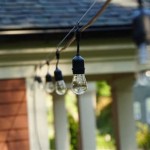Outdoor Stadium Lighting: Illuminating the Games
Outdoor stadium lighting is a crucial aspect of any sporting event, ensuring both player safety and spectator enjoyment. The right lighting system allows for clear visibility, enhances the viewing experience, and contributes to the overall ambiance of the stadium. From professional football matches to community sporting events, stadium lighting plays a vital role in creating a safe and engaging atmosphere. This article delves into the key considerations and aspects of outdoor stadium lighting, exploring the different types, technologies, and their impact on the game itself.
Types of Stadium Lighting Systems
Outdoor stadium lighting systems are broadly classified into two main categories: traditional lighting systems and LED lighting systems. Traditional lighting systems utilize high-intensity discharge (HID) lamps, such as metal halide, mercury vapor, and sodium vapor lamps. These systems are known for their high lumen output and affordability, however, they have lower energy efficiency and a shorter lifespan than LEDs.
LED lighting systems, on the other hand, have gained immense popularity in recent years due to their numerous advantages. LED lamps consume significantly less energy than HID lamps, offering significant cost savings and reduced environmental impact. They also boast longer lifespans, requiring less maintenance and replacement. Moreover, LED lighting systems offer greater flexibility in terms of dimming and color control, enhancing the visual experience of the stadium.
Factors Affecting Stadium Lighting Design
The design and implementation of an outdoor stadium lighting system are dependent on a range of factors including the specific sport being played, the size and configuration of the stadium, and the desired level of illumination. Some key considerations include:
1. Illuminance Levels:
The minimum illuminance level required for a stadium varies depending on the sport being played. For example, football fields generally require higher illuminance levels than baseball fields. The International Association of Athletics Federations (IAAF) has set specific lighting standards for different track and field events, ensuring optimal visibility for both athletes and spectators.
2. Uniformity of Illumination:
Uniformity of illumination refers to the consistency of light distribution across the playing field. This is crucial for ensuring fair play and equal opportunities for all athletes. A good lighting system should provide consistent illumination throughout the field, minimizing shadows and uneven light distribution.
3. Glare Control:
Glare can be a major problem in stadium lighting, affecting both players and spectators. Excessive glare can cause discomfort and fatigue, potentially impacting performance and enjoyment. Proper lighting design should minimize glare by strategically positioning light fixtures and using appropriate shielding techniques.
4. Color Rendering:
Color rendering is the ability of a light source to accurately display the color of objects. This is particularly important for viewers watching the game on television or through other media. LED lighting systems offer excellent color rendering capabilities, ensuring that the colors of uniforms, the ball, and the field are accurately represented.
Benefits of Outdoor Stadium Lighting
Outdoor stadium lighting offers a multitude of benefits, both for athletes and spectators. Key benefits include:
1. Enhanced Visibility:
Proper stadium lighting ensures optimal visibility for both players and spectators, regardless of the time of day. This is crucial for ensuring safe gameplay and providing an enjoyable viewing experience.
2. Improved Player Performance:
Good lighting can positively impact player performance by reducing eye strain and fatigue. It allows players to accurately judge the ball's trajectory and the movement of opponents, enhancing their overall performance.
3. Enhanced Spectator Experience:
A well-lit stadium enhances the overall spectator experience by providing clear views of the game and creating a more enjoyable atmosphere. It also allows for better interaction with the game through social media and other forms of engagement.
4. Increased Security:
Proper stadium lighting can contribute to the safety and security of the venue by deterring criminal activity and providing better visual clarity for security personnel.
Outdoor stadium lighting is a critical component of any sporting event, contributing to player performance, spectator engagement, and the overall success of the event. By carefully considering the factors discussed above, stadium designers and lighting professionals can create a lighting system that effectively illuminates the game, enhances the viewing experience, and ensures a safe and enjoyable atmosphere for all.

Best Stadium Lights What To Know About Led

Sports Stadium Led Flood Light Manufacturer Hpwinner

Sports Stadium Lights

Led Stadium Lights Arena Indoor Outdoor Xsy Lighting

Stadium Led Lighting 900w Lightweight Indoor Outdoor Sport Field Flood Lights

Sports Field Lighting

Stadium Lighting Led The Key To Efficient And Effective Sports Aeon

Lighting Comparison Led Sports Vs Flood

Mild Steel Polygonal Stadium High Mast Lighting Pole For Outdoor

Spotlight And The Sky Large Tall High Outdoor Stadium Spotlights Lighting Tower At Sport Arena Halogen Blue Stock Photo Adobe
Related Posts
